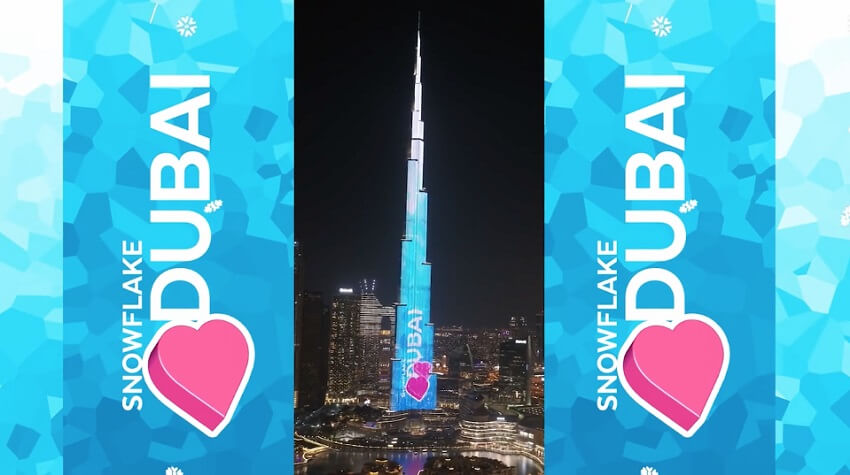
The Power of Effective Communication Design for Creatives, Designers, and Esteemed Design Firms
December 14, 2023Communication Design is an indispensable discipline in the ever-changing landscape of design, particularly for creatives, designers, and esteemed design firms. This specialized art form revolves around the meticulous craft of forging meaningful connections through visuals, where each design element serves as a storyteller weaving a compelling narrative. If the interplay of graphics, colors, and messages captivates your curiosity, you’ve officially stepped into the captivating realm of Communication Design.
Elements of Communication Design that Matter
Communication Design orchestrates a harmonious visual experience, involving graphic design, visual communication, branding strategies, and design principles. Mastering this symphony is essential for creating cohesive and engaging communication pieces, whether you’re an individual creator, part of a design team, or associated with esteemed design entities.
For a deeper dive into the intricate world of communication design, explore this valuable Wikipedia article that unveils insights into various aspects and techniques used in the field.
The Significance of Logo Design in Communication Design
A logo transcends being a mere symbol; it becomes a vessel encapsulating the essence, values, and personality of a brand. As Sagig Haviv, the revered logo prodigy in New York, aptly states, a logo’s primary function is to distinctly “identify” a brand. Much like punctuation concludes a sentence, a well-crafted logo summarizes the brand’s character in a visually compelling and memorable manner.
Essential Skills for Communication Design Professionals
Thriving in communication design requires a diverse skill set, encompassing proficiency in graphic design, a deep understanding of visual communication, and mastery of branding strategies. It demands an eye for detail, creativity, and the ability to translate concepts into compelling visuals, setting apart creators, designers, and professionals associated with prominent design entities.
The Primary Role of Communication Designers
For those immersed in the world of creativity and design, the primary role of a communication designer is to visually convey a message or story. Be it through website design, advertisements, or branding materials, the communication designer ensures that visual elements effectively communicate the intended message to the target audience.
Visual Communication Designers in Action
Visual communication designers are the storytellers using visuals as their language. They create engaging designs for various mediums, incorporating design principles and branding strategies to convey a specific message. Their work, whether it be website layouts or marketing collateral, is a blend of artistry and strategic communication. This approach is particularly valuable for creatives, designers, and bigger and esteemed design firms.
Outstanding Examples of Communication Design
To witness outstanding examples of Communication Design, explore the Creative Communication Award winners. These winning designs exemplify the power of communication design in crafting visually compelling messages, showcasing the pinnacle of creativity and strategic thinking.
Communication Design vs. Graphic Design
While graphic designers focus primarily on creating visually appealing graphics, communication designers go beyond aesthetics. They strategically use visuals to communicate messages, ensuring that every design element serves a purpose in conveying the intended message. This distinction is crucial for those deeply involved in creativity and design, emphasizing the broader narrative communicated through every design element.
Practical Applications of Communication Design
A brand’s website, a testament to communication design in practice, harmoniously blends layout, color scheme, typography, and imagery. For creators, designers, and professionals associated with prominent design entities, this visual representation effectively captures a brand’s identity and values, creating a compelling user experience.
Resources for Communication Designers
Communication designers leverage various resources—graphic design software, studies on color psychology, and interactive media tools—to enhance their work. Actively exploring and utilizing these resources is essential for effective communication design, offering endless possibilities for creators, designers, and professionals associated with esteemed design entities.
Building Corporate Identities
For those shaping corporate identities, communication design involves creating a consistent visual identity. This extends to designing logos, brand guidelines, and marketing materials, ensuring a cohesive and recognizable brand image across all touchpoints.
Distinguishing Between Product Design and Communication Design
Product design centers on creating tangible products, while communication design focuses on crafting visual messages. For creatives, product design is primarily concerned with functionality, while communication design is about effectively conveying a story or message through visuals.
AI and the Future of Communication Design
Advancements in AI technology have impacted various fields, but communication design still requires a human touch. The creativity, intuition, and emotional intelligence embedded in the work of communication designers make it a domain where human expertise remains irreplaceable.
The Evolving Future of Communication Design
As technology continues to evolve, the future of communication design holds exciting possibilities. Augmented reality, immersive experiences, and innovative design technologies will likely shape how communication designers visually tell stories. For creatives, embracing these advancements will be crucial for staying at the forefront of communication design.
The Power of Communication Design
Overall, communication design is a powerful tool for creating meaningful connections in today’s visually driven world. From logos to websites, communication designers play a vital role in shaping how messages are communicated. For creatives, and designers, understanding and harnessing the fusion of creativity and strategic thinking will be the key to achieving effective communication design in the future.

